

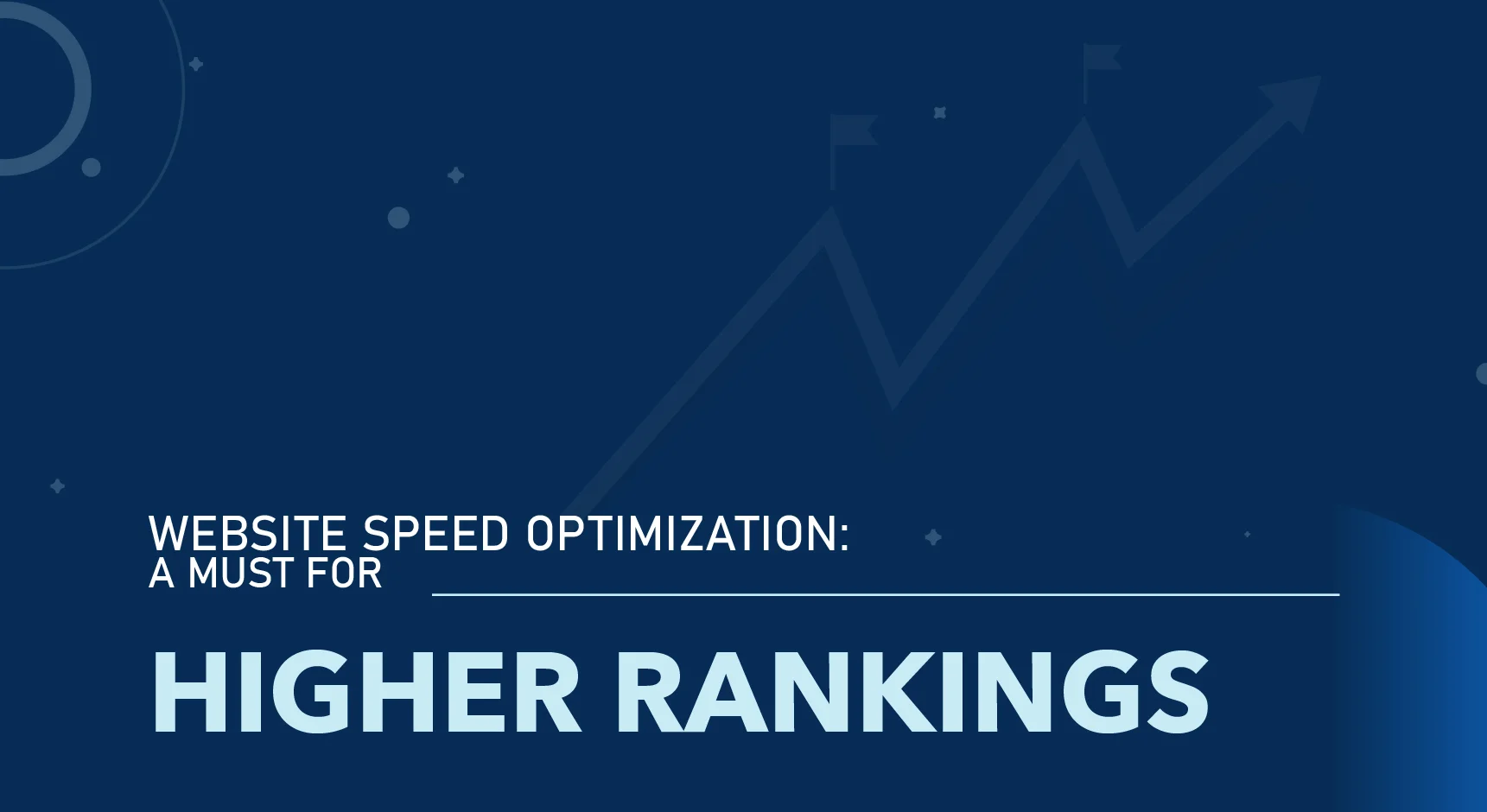
A high bounce rate, which means visitors leave your site after only viewing one page, sends many signals to both you as a content creator and Google.
It is detrimental to SEO. It has an impact on your website's visibility in search engines.
It informs search engines that site visitors do not find the content relevant or useful. This can hurt the website's ranking.
One of the factors that can influence bounce rates is page load speed. If a page takes more than a few seconds to load, the user will likely abandon it. It can weaken a new user's trust in your website or even harm your brand.
The speed at which a web page loads greatly impacts your search rankings on Google.
Poor page load speeds adversely affect organic ranking. This means your website is less likely to appear on the first page of Google search results.
Search engines like Google use page speed as a ranking factor in their algorithms, as they want to deliver the best possible results to their users. A slow-loading website can negatively impact the user experience and, in turn, lead to a lower search engine ranking.
Optimizing the website for the web and mobile devices and ensuring fast load times on mobile devices can positively impact organic search ranking.
Mobile optimization is becoming increasingly important. Mobile devices account for an increasing part of internet traffic.
A slow-loading mobile website reduces the number of visitors to your pages. Mobile users have higher expectations for website speed because they frequently access websites through slower networks and have little patience for slow-loading sites.
People tend to exit mobile pages that are slow to load or look bad on a mobile browser. These factors affect both user experience and search engine visibility.
Google uses these metrics to determine your website's ranking and, in turn, its visibility across the web. The higher the ranking, the more mobile traffic your site can expect.
The speed of a website has a significant impact on the user experience. A fast-loading website provides a positive user experience, increasing engagement, satisfaction, and conversions.
A slow-loading website can be frustrating for users. It causes them to leave the site, resulting in a high bounce rate and decreased user engagement.
A slow website can hurt search engine rankings. It reduces the website's visibility to potential visitors.
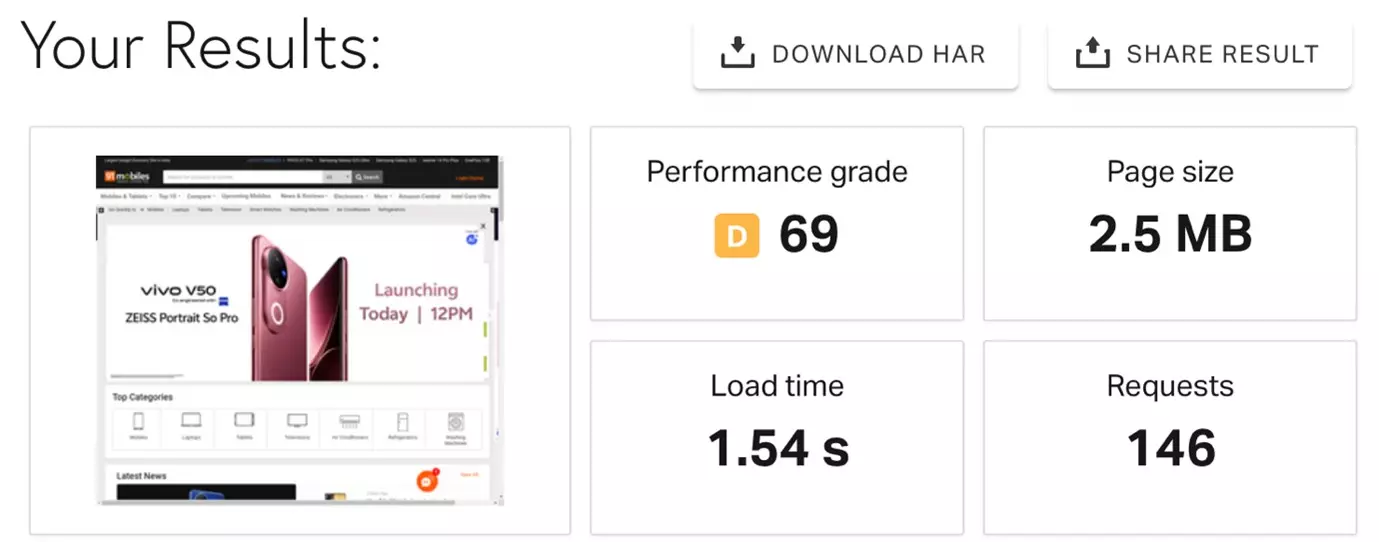
Slow website speed can also lead to negative brand perception, and users may hesitate to return to the site. All of these factors, when considered together, make it critical that the site be optimized for fast loading on all types of devices.
Website speed plays a crucial role in deciding search engine rankings. Search engines such as Google consider it a signal of good user experience.
A website that loads fast can improve search engine rankings and visibility. This results in more traffic and better sales.
A slow-loading website, by contrast, can hurt search engine rankings. It reduces visibility and decreases the number of visitors to the site. Users are less likely to share or link to a slow-loading site, which can further impact search engine rankings and visibility.
Website speed optimization is an important aspect of SEO. It can help a website perform better in search results. It leads to increased traffic and higher conversions.
According to studies, even a minor delay in page load time can cause a major decline in conversion rate. For example, a one-second delay in page load time can result in a 7% decrease in conversions.
A slow-loading website can also harm customer trust and loyalty, leading to fewer repeat purchases. When you improve page speed, you often see a big improvement in conversions and sales because you're not losing users waiting for their page to load.
As a result, website speed optimization is a critical component of conversion rate optimization (CRO). It should be prioritized to improve user experience, increase conversions, and achieve online success.
Your website must load quickly to improve crawlability. Fast sites help in quicker indexation. This helps to get a higher ranking in Google searches.
Slow-loading websites require more time for search engine crawlers to access, parse, and index their content. This results in slower crawling speeds.
Search engines may not prefer slow-loading websites, which may prefer to crawl faster.
Moreover, search engines allot a limited crawl budget to each website. If your website is slow, the search engine may be unable to thoroughly crawl other pages on your website.
Slow sites prevent search engines from crawling all of their pages. So, some main pages may not get indexed.
Images improve the appearance of your web pages and the quality of your content. A high-quality image is usually big, often a few Megabytes.
This can put a strain on your servers and cause a delay in loading them for your users, especially those on slower connections or mobile devices.
Image optimization can improve page load speed by reducing image file size. This is done using efficient image formats, compressing and resizing the images.
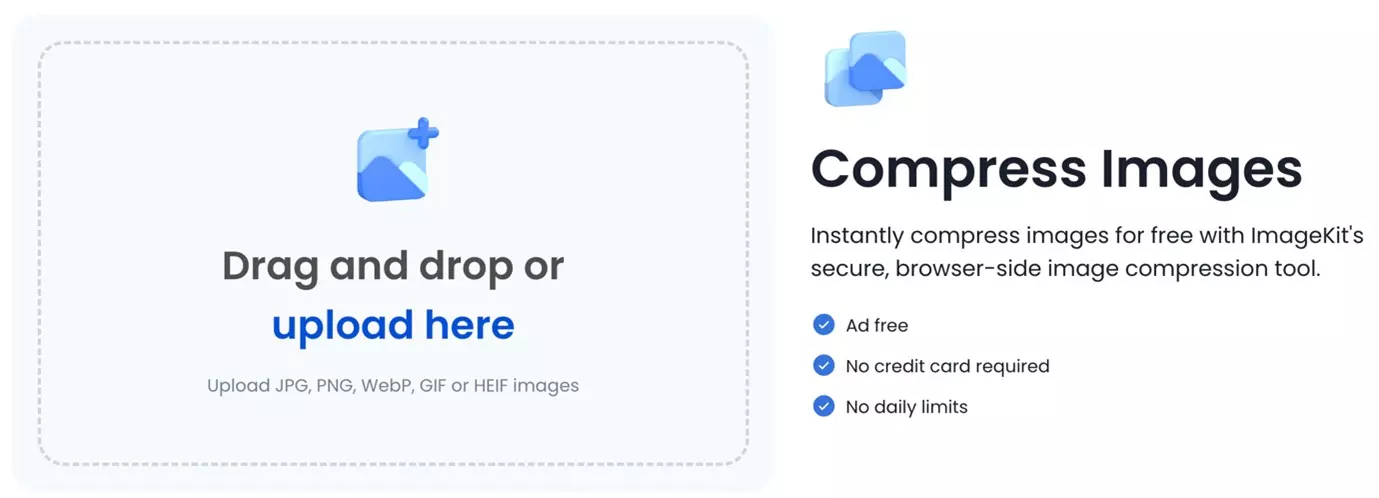
Smaller file sizes mean that images will transfer more quickly.
You can use various free and paid tools/plugins to get the job done. Test the page load speeds before and after optimization to see the difference.
Too many redirects on your website can slow down loading times.
A redirect occurs when a user requests a URL, and the server sends a response directing the user's browser to another URL. The browser must send additional requests to the server and wait for a response before loading. This takes time.
Consider using direct URLs instead of redirects when linking to internal pages. You can also reduce the number of redirect chains you use. Consolidate multiple redirects into a single redirect.
Run a check on your pages to see that any third-party scripts or plugins used on the page are not adding unnecessary redirects. Use free redirect mapping tools to check for incorrect or broken redirects on your site.
Caching is one of the most efficient ways to speed up your website. Caching saves copies of your website's files. Doing this reduces the time the server requires to create and deliver a web page to a visitor's browser.
Caching strategies, such as setting appropriate cache headers, using a content delivery network (CDN), and using browser caching, can help you increase page load speeds.
Any form of caching reduces the time taken by the server. This helps in faster page load times and a better user experience.
You can use various caching plugins and tools. You can find plenty of them for free.
Improving code and site design can help website users have a faster, more seamless experience. Minifying CSS, JavaScript, and HTML files could decrease file size and speed up page loading.
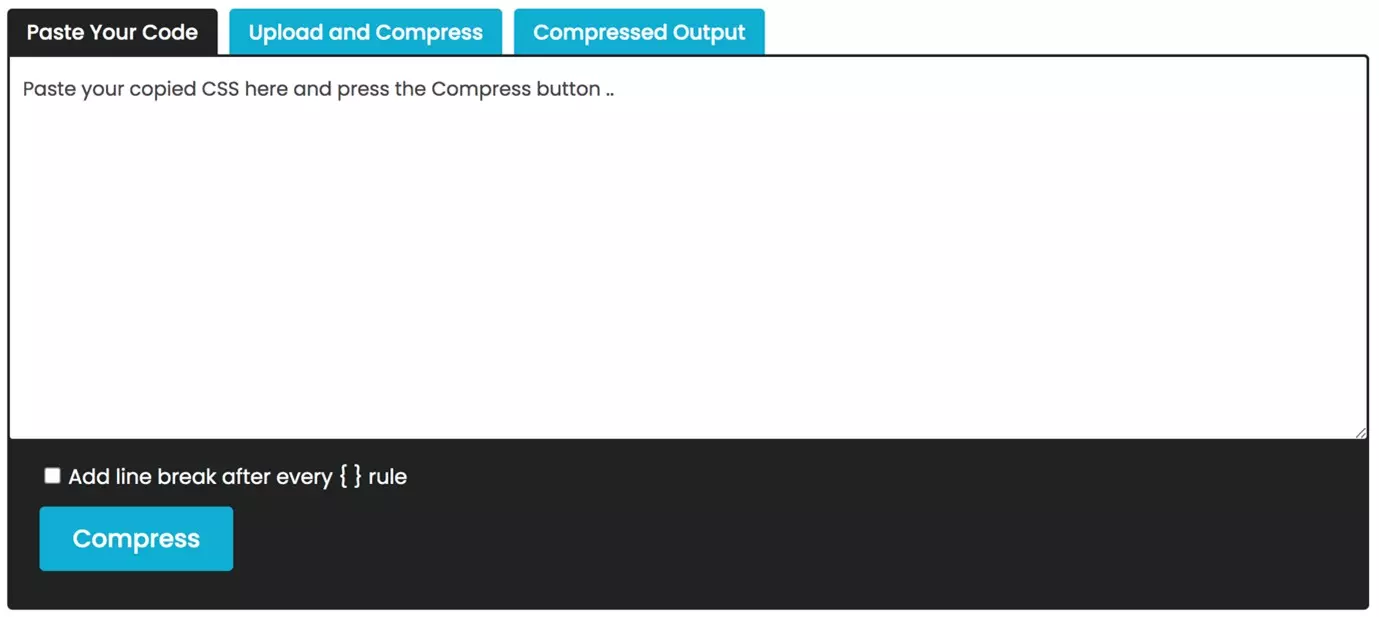
Implementing lazy loading for images and videos can also reduce the amount of data transferred. This results in faster page loading times.
Use a hierarchical structure for your site. This organizes pages and content into categories and sub-categories. It allows for faster navigation and increased accessibility.
Keep individual pages as small as possible to make them load faster. Use descriptive, keyword-rich URLs. This helps search engines understand a website's structure and content better. It improves SEO and brings visibility.
A Content Delivery Network (CDN) can greatly improve page loading speed. A CDN distributes a website's content across multiple servers. Servers are located in different geographic locations, allowing users to access the content from the one closest to them.
This results in faster page loading times because the user's device must transfer less data over a shorter distance. The closer the server is to the user, the faster the page loads.
CDNs are more capable of handling high traffic spikes. Efficient traffic handling ensures that the website remains accessible always. CDNs can improve website security by offering DDoS protection, SSL encryption, and IP blocking.
Compression can improve page loading time. It reduces the amount of data that must be transmitted between the server and the client.
When data is compressed, it gets smaller and takes less time to transfer. This is great for websites with large images, videos, and audio files.
By compressing these files, the overall size of the website is reduced.
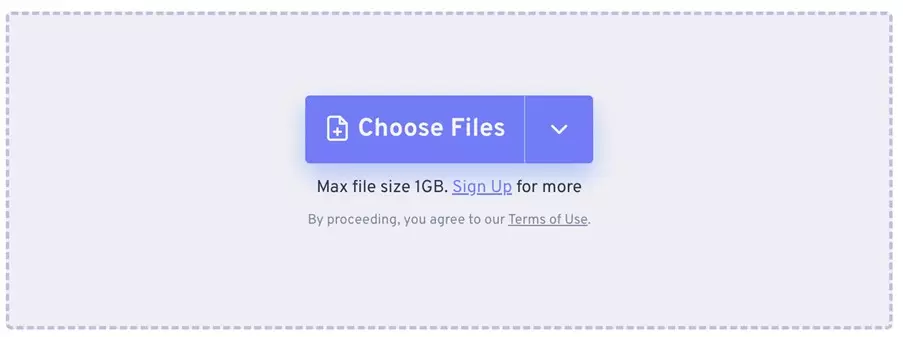
You can use a lossless or lossy method for compression. Lossless compression preserves the original data and is best suited for text files. Lossy compression discards some data and is good for image and audio files.
You can use tools like Gzip or Brotli, which most web browsers support.
There are several ways to optimize a website for mobile.
Start by reducing the size of images and other media files. Large images and videos with slower connections can slow page loading times on mobile devices. Resizing and compressing these files also helps.
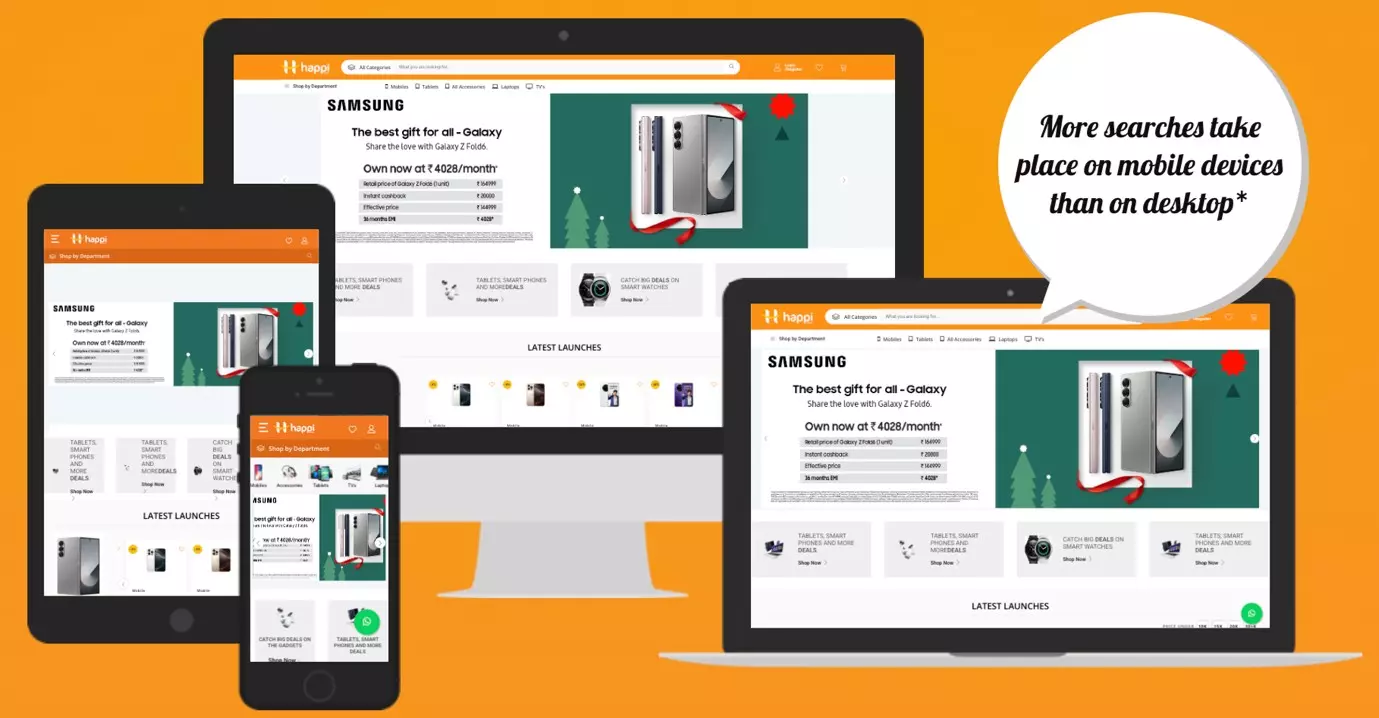
Reduce the use of elements such as Flash and Java, which use more resources. Make sure you use a fast and reliable hosting service to prevent outages.
Use AMP (Accelerated Mobile Pages), a framework that enables fast-loading pages for mobile devices.
Make sure your website is mobile-friendly. The website's design should automatically adapt to various device screen sizes.